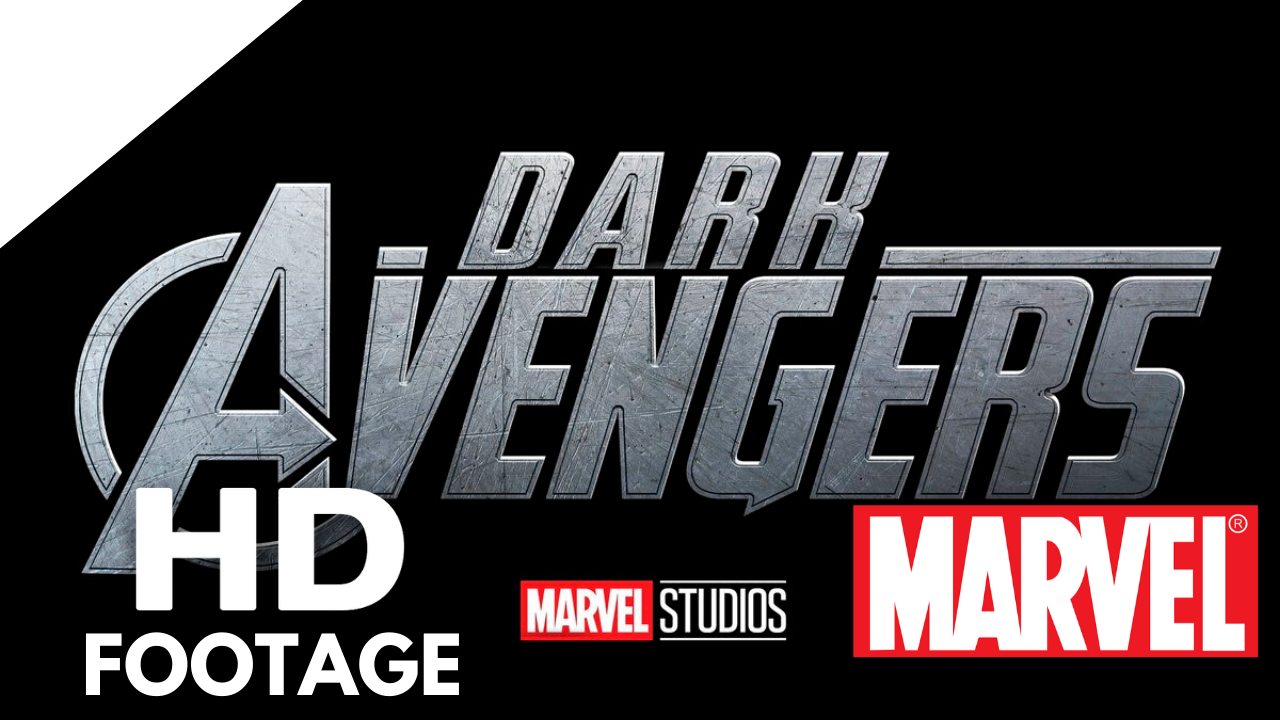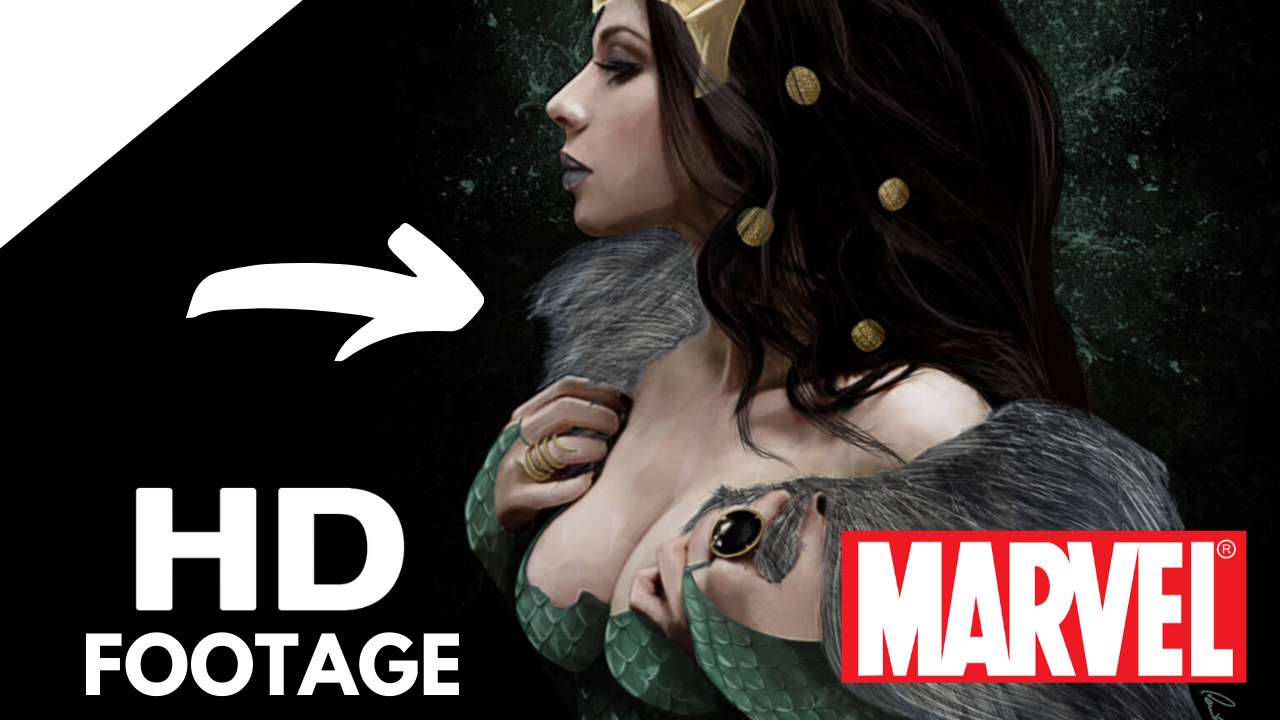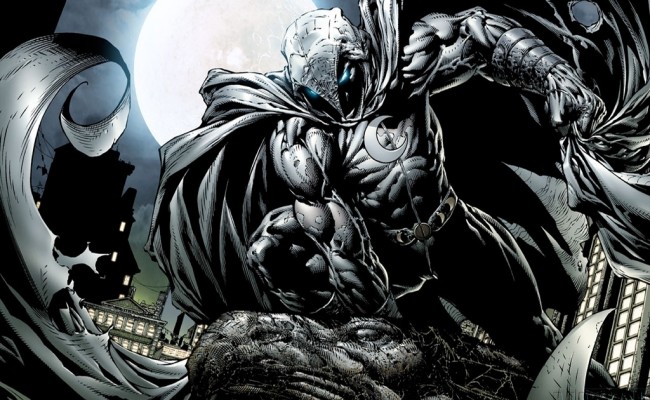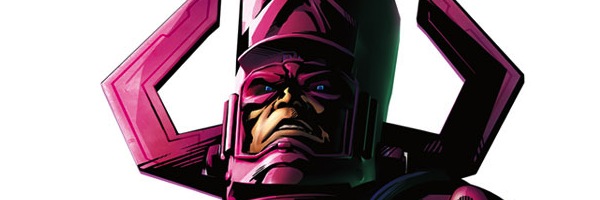The Assassin’s Creed games are the perfect fit for other media, such as novels and comic books. The animus provides the chance to relive an ancestor’s memories, giving a perfect opportunity to explore many locations, characters and time periods whiles fitting in to the canon of the universe. Here we’ll have a look at the three, originally french, graphic novels that expand on the Desmond mythos in the games.
Assassin’s Creed: Desmond
 The first volume offers a recap of events of the first game, up to the beginning of Assassin’s Creed 2. The first thing you’ll notice as a fan of the games is that the art looks little like the characters representing in Ubisoft’s version, as well as the alteration of some events. However you can forgive all of that as the story of Desmond’s first ancestor, Aquilas, is established here as a precursor to Altair (You might recognize the name from the boat The Aquila in AC3). Set in the Roman empire, Aquilas’ story is interesting, if a little under developed. You don’t get to see much of him in this first volume. The biggest draw is the extra information provided about Desmond Miles and Lucy Stillman. These additional stories certainly help add depth and explanation to otherwise lacking characters. These characters are often portrayed differently to how they would act in the games, which is confusing and detracting, though they evolve through each volume.
The first volume offers a recap of events of the first game, up to the beginning of Assassin’s Creed 2. The first thing you’ll notice as a fan of the games is that the art looks little like the characters representing in Ubisoft’s version, as well as the alteration of some events. However you can forgive all of that as the story of Desmond’s first ancestor, Aquilas, is established here as a precursor to Altair (You might recognize the name from the boat The Aquila in AC3). Set in the Roman empire, Aquilas’ story is interesting, if a little under developed. You don’t get to see much of him in this first volume. The biggest draw is the extra information provided about Desmond Miles and Lucy Stillman. These additional stories certainly help add depth and explanation to otherwise lacking characters. These characters are often portrayed differently to how they would act in the games, which is confusing and detracting, though they evolve through each volume.
While the art doesn’t do the characters justice, the sense of movement during the assassination sequences is spot on. The writing and dialogue is serviceable, while the conflicts in canon are confusing at first but after reading the other volumes make sense. My major issue is the length, sitting at only 48 pages long it may be hard to justify spending $9.99 on this. It’s surprising, for such a condensed story, how much the narrative flits around. If you are unfamiliar with the games it would be incoherent, but as I’ve mentioned, these are really designed to expound the experience of playing the Assassin’s Creed series. In that they do a great job, and I admit I was intrigued.
Assassin’s Creed: Aquilas
 The second volume boasts stronger art and a story that builds well off the first one. Here the narrative is more focused and is more effective due to it. There is a deeper exploration of Desmond and Lucy’s relationship as well as the trip to Monteriggioni that leads to Assassin’s Creed: Brotherhood. The animus sequences really shine here, with Aquilas’ story offering a lot to interest those invested in the series. The writing is still clunky but better than the first, and the overall story is handled well. It is certainly easier to follow than the first one, if you aren’t familiar with the characters and overarching narrative.
The second volume boasts stronger art and a story that builds well off the first one. Here the narrative is more focused and is more effective due to it. There is a deeper exploration of Desmond and Lucy’s relationship as well as the trip to Monteriggioni that leads to Assassin’s Creed: Brotherhood. The animus sequences really shine here, with Aquilas’ story offering a lot to interest those invested in the series. The writing is still clunky but better than the first, and the overall story is handled well. It is certainly easier to follow than the first one, if you aren’t familiar with the characters and overarching narrative.
Once again the main problem is condensation. You are left wanting more of the characters than you are giving. There is plenty left to examine, so when the book clocks in at 48 pages again you wonder why the story wasn’t fleshed out more, or why weren’t all three volumes combined together. While better than the first in terms of story and art, this second volume is still lacking the content to make it worth the £9.99 price tag. Fans will find lots to like here, but even they (let alone newcomers) may feel slightly cheated.
Assassin’s Creed: Accipiter
 The final volume in this series of comics certainly has the most to offer to fans. It presents the dramatic conclusion of Aquilas’ story as well enlightening readers to the nature of the Assassin Brotherhood and the Templars; introducing one of the creators of the order, Lugos. There is a lot to mull over here, and while it isn’t strictly canon it certainly carries weight. The narrative is weaker than the second (which perhaps benefited from being truly canon) but offers some strong story beats. The end of one characters tale is supplanted by the introduction of two new and intriguing people. First is the aforementioned Lugos, founder of the Order Desmond and his ancestor’s belong to. Second is Aquilas’s cousin, Accipiter (who featured in the second volume but not integrally) and his modern day counterpart, Johnathan Hawk. While not much is revealed about either it left me wanting to know more.
The final volume in this series of comics certainly has the most to offer to fans. It presents the dramatic conclusion of Aquilas’ story as well enlightening readers to the nature of the Assassin Brotherhood and the Templars; introducing one of the creators of the order, Lugos. There is a lot to mull over here, and while it isn’t strictly canon it certainly carries weight. The narrative is weaker than the second (which perhaps benefited from being truly canon) but offers some strong story beats. The end of one characters tale is supplanted by the introduction of two new and intriguing people. First is the aforementioned Lugos, founder of the Order Desmond and his ancestor’s belong to. Second is Aquilas’s cousin, Accipiter (who featured in the second volume but not integrally) and his modern day counterpart, Johnathan Hawk. While not much is revealed about either it left me wanting to know more.
The assassinations are drawn with the same fluidity; capturing the essence of how it feels to play the game. However it’s the story that does best here, having a satisfying conclusion while hinting at where Desmond is likely to end up next. I enjoyed reading the book greatly, but the same criticism remains that it isn’t worth the price.
Overall
Considered separately, each volume has its pros and cons but read together they were definitely enjoyable and as a fan of the franchise they added depth and back story to what I felt to be otherwise bland characters. Not only was the modern day stuff interesting, the past sequences allowed the art to come into it’s own, with the assassination sequences easily some of the best. Taken together they are worth a read for sure, but at £9.99 each I wouldn’t be able to justify spending £30 on what equated to about one and a half hours reading time. The story may leave new comers feeling befuddled but for fans it has a lot to offer, if you can get past certain canon issues.
If allowed to be fleshed out more, these could have been really captivating stories but the condensed and rushed nature was to their detriment. If there is ever an anthology, I heartily recommend picking them up.
















S#!T Talking Central